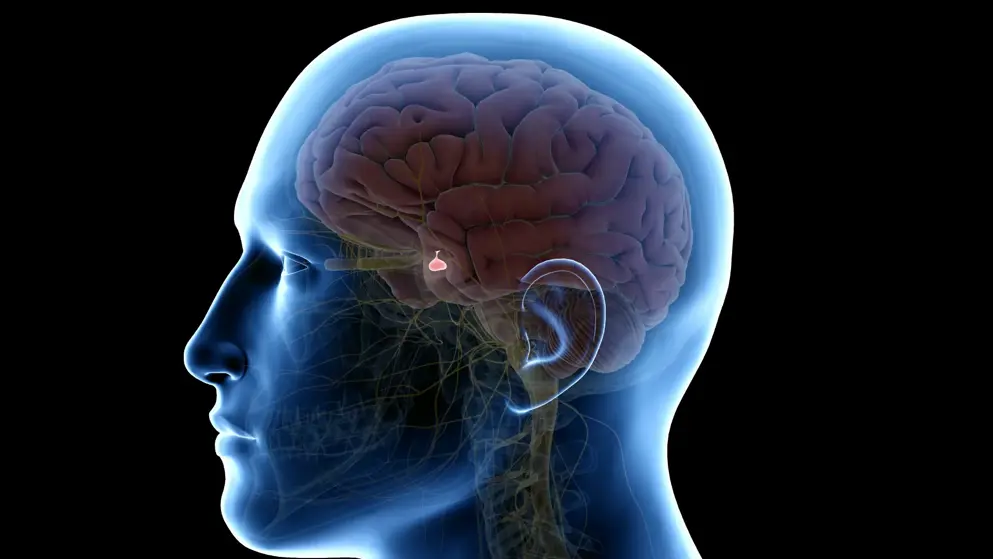
Growth hormone deficiency
Children with growth hormone deficiency (GHD) have either a congenital or acquired inability to produce sufficient GH to support a normal growth trajectory, resulting in short stature.
Where the deficiency persists into or develops during adulthood, it results in changes in body composition, including increased central adiposity, and is associated with hyperlipidemia and an increased risk of atherosclerotic cardiovascular disease.
What causes GHD?
GHD can be congenital, which should be considered particularly in children with consanguineous parents or a family member with short stature. It can also be acquired through events such as head trauma or cranial irradiation.
When should a child be investigated for GHD?
Children who have a height standard deviation score (SDS) of 3.0 or greater below the mean for their age and sex are classed as having severe short stature and should be immediately assessed for GHD. Those with a greater SDS should also be investigated if, for example, they are more than 1.5 SDS below their mid-parental height or their growth velocity is markedly below the mean.
What are the treatment options for GHD?
Exogenous GH is the only treatment option, with the standard treatment for many years being a daily injection of recombinant human GH (rhGH). The first widely approved long-acting rhGH, requiring only weekly injection, became available in 2021.
What influences treatment response in children?
The most important factor is achieving early diagnosis and initiation of rhGH to allow the longest possible treatment window. Adherence to treatment is another key factor that can impact children’s final adult height.
Developed by EPG Health for Medthority, independently of any sponsor.
Related news and insights
Related Guidelines
of interest
are looking at
saved
next event


